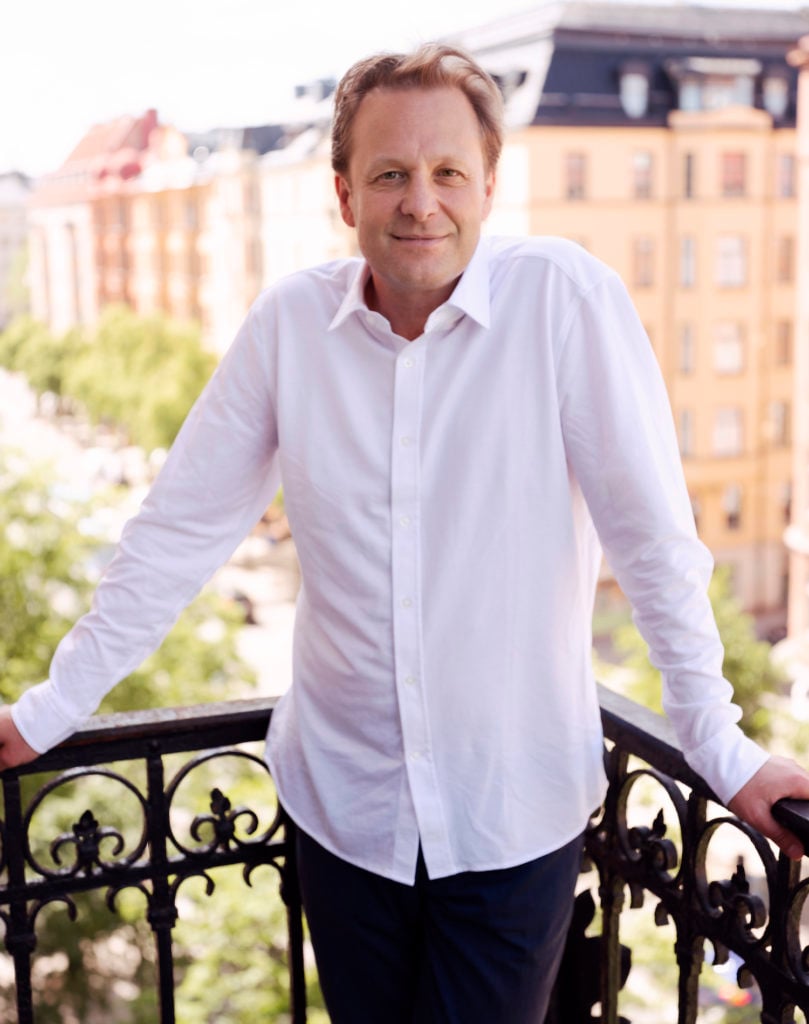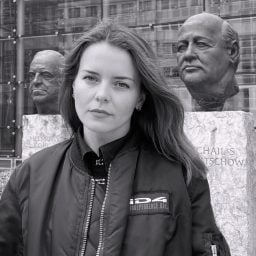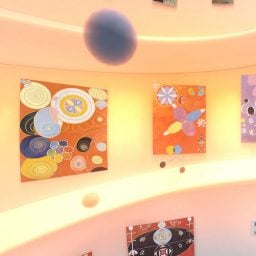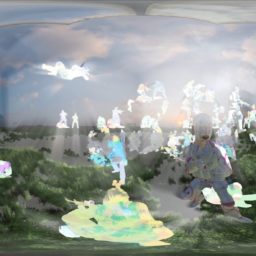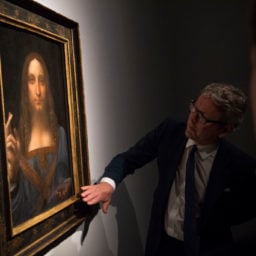Daniel Birnbaum, one of the world’s most prominent curators, is leaving his plum position as the director of the Moderna Museet in Stockholm to take on an unlikely new role at a virtual and augmented reality art production company. The move is a powerful indication of just how seriously the art market, artists, and curators alike are beginning to take the burgeoning field of immersive digital technology.
The acclaimed Swedish curator, who has been leading the Moderna Museet in Stockholm for the past eight years, will relocate to London to assume the newly created role of artistic director of Acute Art on January 1. “Maybe it’s a surprising move,” Birnbaum tells artnet News from his home in Stockholm. “I may [have been] expected to stay here or move on to another museum.”
The new gig certainly represents a change of course for the philosopher and art critic, who has spent much of his career associated with elite, well-established art institutions. He headed the prestigious German art academy Städelschule and its sister exhibition venue, Portikus, for several years before heading to the Moderna Museet. He also curated the Venice Biennale in 2009, served on the jury for the Turner Prize, and works as a contributing editor to Artforum magazine.
Acute Art, by contrast, is both a new and relatively untested gallery model for producing and selling digitally immersive artworks. The company was established in 2017 by the Swedish art collector Gerard De Geer and his son Jacob De Geer. “It’s really stepping into a future that we don’t know so much about,” Birnbaum says. Indeed, at the recent New York Times Art Leaders conference in Berlin, Olafur Eliasson pointed out that virtual reality as a whole is still in its “Stone Age” period.
A Whole New World
Although the particulars of its business model remain opaque, Acute Art has already developed a slate of ambitious collaborations with artists during its short lifespan. Most recently, the company created a virtual reality experience to explore Christo and Jean-Claude’s London Mastaba, which debuted IRL last month in Hyde Park.
Other recent projects include Rising by Marina Abramovic, in which viewers aim to stop the sea level from rising, and Jeff Koons’s Phryne, which offers the chance to interact with the artist’s larger-than-life ballerina.
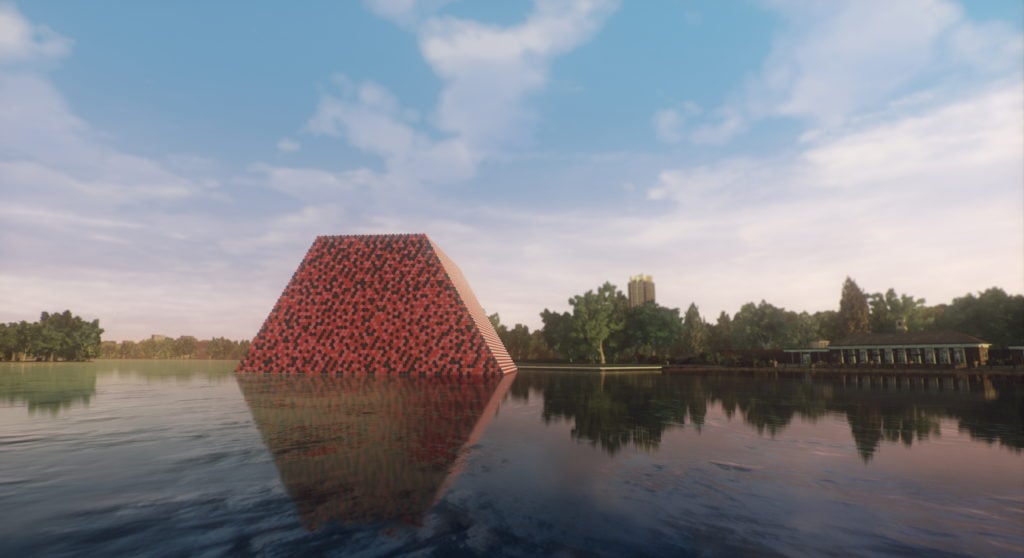
Still from The Mastaba by Christo and Jean-Claude in VR. Courtesy Acute Art.
Birnbaum will be tasked with commissioning new work and overseeing the company’s exhibition program. The resulting projects will appear either at other art institutions or online through the company’s website and app. The presentation of VR at museums remains largely uncharted (and very expensive) territory for all but the most cutting-edge and well-funded institutions.
For his part, Birnbaum is particularly interested in identifying new and emerging artists who may not have a history with new media. The 55-year-old curator has a reputation as a talent scout, having shown many now-major artists, such as Eliasson, early on in their careers.
Looking ahead, he name-checks two former students—Anne Imhof, the winner of the Golden Lion at last year’s Venice Biennale, and critical and market darling Danh Vo—as the “kinds of artists where it would be interesting to see what they would do, if one offers them these tools.”

Philippe Parreno at Gropius Bau, Berlin. Courtesy Esther Schipper.
Birnbaum maintains VR is also a logical next step for artists who are already creating immersive installations, like Philippe Parreno. “I have the feeling that certain artists are already anticipating certain possibilities that they didn’t have yet,” he says.
Back to the Fundamentals
The curator insists his new role is not as a departure so much as a return to his first love: discovering new talent.
“For me, it’s a move back to where I once began, which is being close to artists,” he says, contrasting the creative freedom of his new gig with the inevitable administrative work and fundraising that accompanies high-powered positions at institutions like the Moderna. “What will artists do with these technologies? What can they do? What are their dreams?”
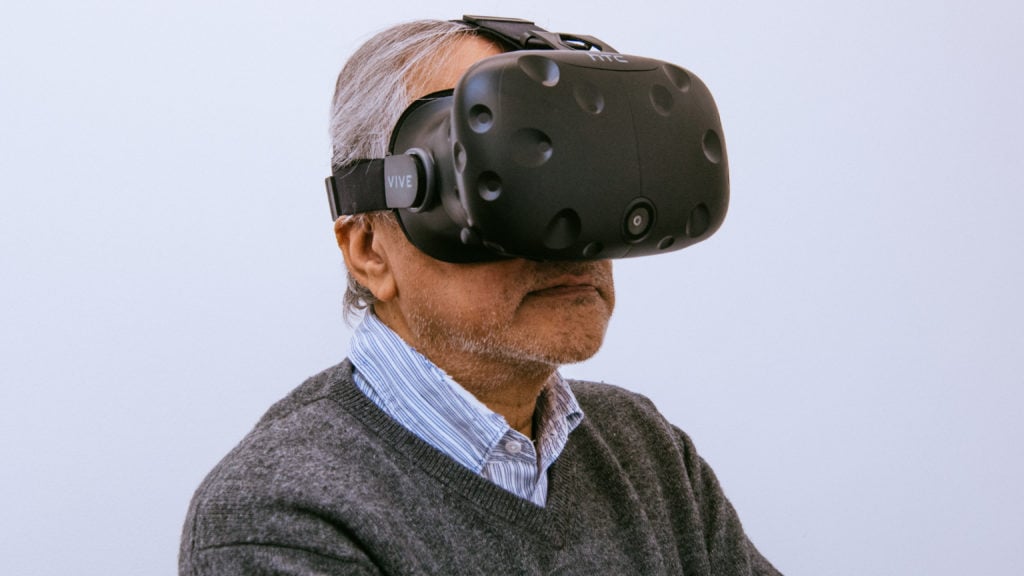
Anish Kapoor. Courtesy the artist and Acute Art.
As with any nascent technology, there are more questions than answers. “To be a curator is to select and make visible. No one knows what this will imply with these new mediums,” he says. “Will some of these technologies be widely accessible? And if that’s not the case, how can we make them visible inside classical institutions?”
Although Birnbaum is quick to admit that he was not hired for his technological abilities, he will also consider how both artists and viewers can best experience VR in a museum setting. He often finds VR to be a lonesome experience (though it’s not unlike reading a book, he points out). He wagers that platforms like Acute Art will be able to make it all feel more communal.
“Ideally, digital works will be accessible in the suburbs of Lagos or outside of Zagreb. You won’t have to go to Paris to see them. It’s not about mass distribution, it’s about omnipresence,” says Birnbaum. “This could really be art for all.”
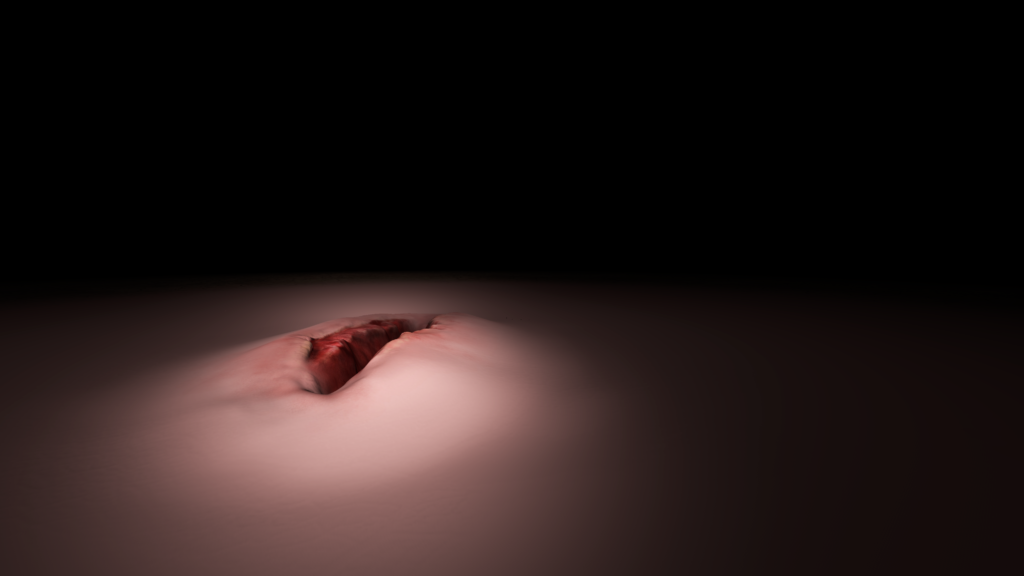
Anish Kapoor, still from Into Yourself, Fall (2018). Courtesy the artist and Acute Art.
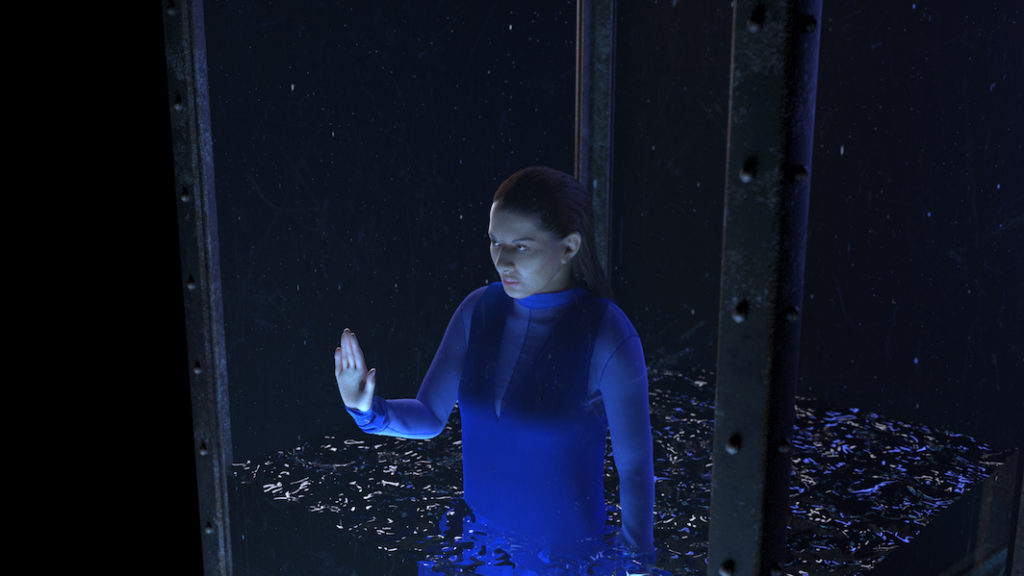
Marina Abramovic, still from Rising (2017), courtesy Acute Art.
